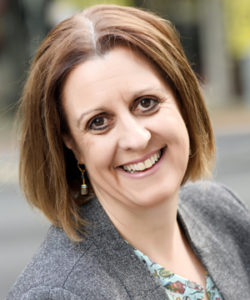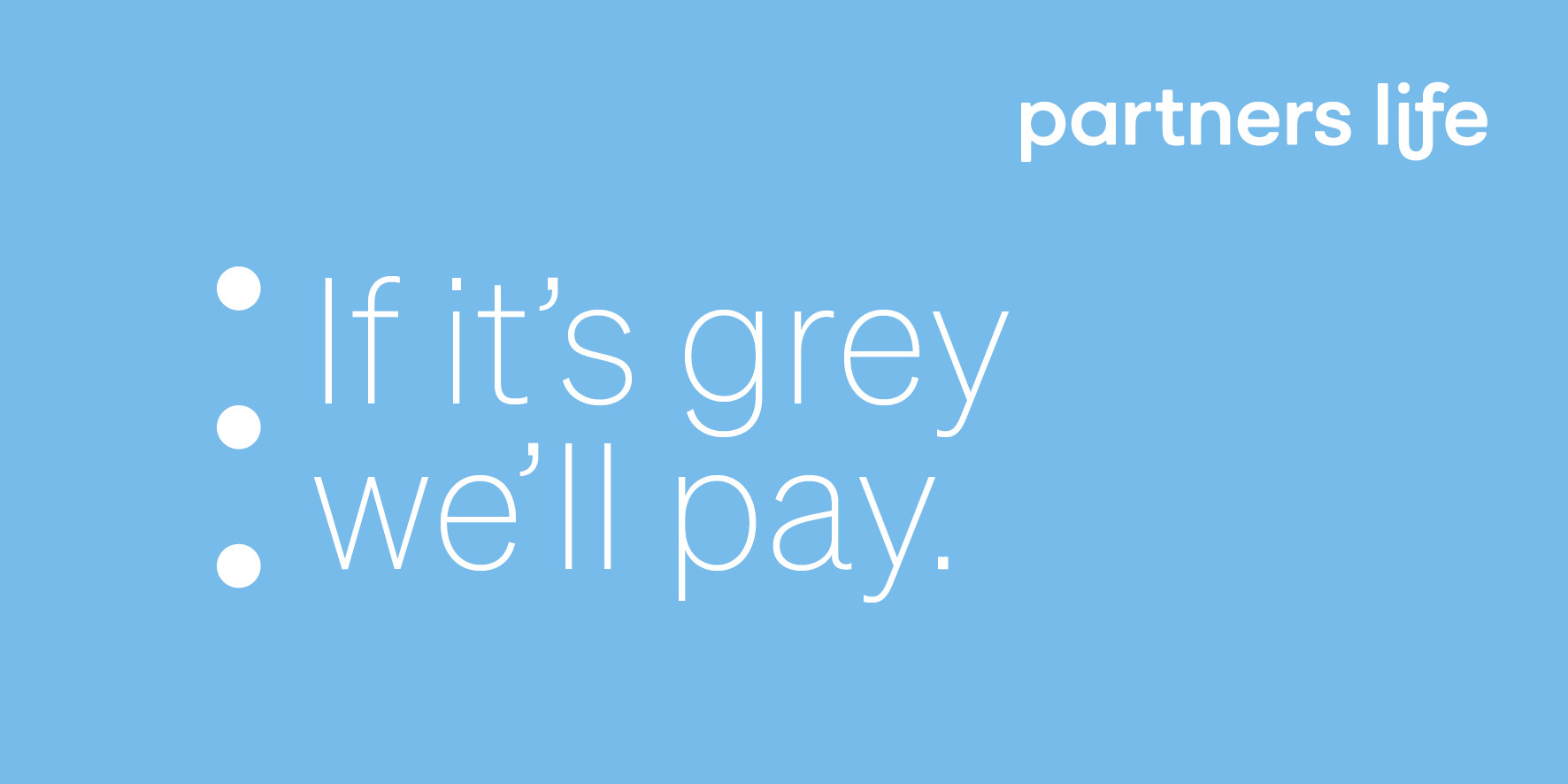GUEST COLUMNIST
A Swiss Re Institute report on underinsurance in New Zealand provides a sobering view on the state of the nation, while providing an opportunity for advisers to help bridge the protection gap, says Financial Advice NZ CEO Katrina Shanks
While Swiss Re Institute’s report Closing the mortality protection gap in New Zealand is not the first report focusing on underinsurance it does – for the first time – provide an estimate of the average financial shortfall that Kiwi households would face, if their primary earner died unexpectedly. And it’s likely bigger than what many people would expect.
This reminded me that, as sobering as underinsurance statistics often are, they’re also necessary and welcome, for the valuable insights that they offer.
In a way, New Zealand is a lot like a ‘client’ needing financial protection. Just like advisers undertake gap analyses before recommending appropriate solutions to clients, we can turn underinsurance data into insights, and these insights into actions.
So, here I’d like to share some thoughts about New Zealand’s protection gap: how big it is, what we can do to bridge it as a sector, and why there’s never been a time like now to ramp up our efforts.
Measuring a widening gap
Swiss Re Institute’s research is the latest in a long line of reports that, over the years, have seen reputable sources and industry bodies turn their attention to Kiwis’ underinsurance. And not without reason: according to the latest OECD Insurance Indicators available, in 2019 New Zealand was placed 22 in a list of 34 OECD countries for life insurance penetration.

But unlike other studies before it, which mainly focused on the percentage of people having (or not having) cover, the Swiss Re’s report approaches the issue from a different, and powerful, angle. They measured the mortality protection gap (MPG) – the difference between the amount of life insurance that Kiwis carry and the amount they need.
By considering factors like age and income, Swiss Re estimated that the MPG across all NZ households is at $670 billion, or $830,000 per household on average. And this gap may even widen due to rising household debt, reaching $750 billion within the next 10 years. So, what can we do about it?
A matter of changing perceptions
Out of all the New Zealand consumers that Swiss Re surveyed, only 39% owned a life insurance policy, and according to the report, a lot of it has to do with perceived barriers.
I’d like to use their findings as an opportunity to share some reflections, many of which guide our work at Financial Advice NZ, as well as the job that thousands of advisers do everyday across the country.
For example, the number-one barrier that Swiss Re has identified was the perceived high cost of life cover (mentioned by 63% of people surveyed). We know that insurance isn’t just a ‘product’, but rather an adaptable solution designed to help minimise life’s uncertainty. The insured person may never use it, but if they did need to use it, it would make all the difference.
Now, putting a price on ‘peace of mind’ is difficult, and communicating the value behind it even more. But it’s crucial, nonetheless. As a sector, we need to continue to work on changing perceptions, by educating consumers, bringing awareness. Think of clients’ case studies, and the many untold positive real-life stories that Kiwis need to hear.
The report also tells us that many people research life insurance on their own. Following this assessment, some decide they don’t need insurance (37%); others (12%) are put off by how confusing policies are, and end up putting insurance in the too-hard basket.
On this, it’s our view that Kiwi consumers deserve plain language and clarity in insurance – whether that comes from the products, from a conversation with an adviser, or even better, both. Would they have chosen differently if they had spoken with an insurance adviser? Most likely, yes. An adviser would have helped them make an informed decision.
They would have been the sense-makers, cutting through the indecipherable jargon.
Now more than ever, there’s an opportunity to bridge the protection gap, and it all starts with building awareness of the solutions, and trust in the financial advice sector.
Why there’s never been a time like now
I’d like to finish with another global research, this time from Ernst & Young. Conducted in May-August 2021, the report explored the ‘financial anxiety’ caused by the pandemic in seven countries (Brazil, Canada, Japan, Netherlands, Philippines, South Africa, and the US).
Of course, New Zealand has had (at least so far) a very different experience with Covid-19 from any of those countries. But there were some overarching messages in the report that, I thought, were worth noting down.
The first one is the pandemic has prompted people around the world to re-assess their priorities. Everywhere, including New Zealand, Covid-19 seems to have highlighted financial vulnerabilities like never before. The reality is, no one wants to be caught out like this again.
Half of those surveyed said they planned to save more; others were looking at developing emergency plans and speaking to a financial adviser. In the years to come, the insurance landscape may change, with new and more flexible products coming to market by popular demand.
And more and more, as E&Y research highlights, consumers will expect insurance companies to engage them as real people, with empathy and genuine concern for their financial and overall wellbeing. It’s in that ‘human connection’ that quality advice becomes all-the-more irreplaceable.
At Financial Advice NZ, we are on a mission to support advisers and the ‘value of advice’ message. We believe it’s the key to tackling underinsurance and help New Zealanders face the future with confidence.





